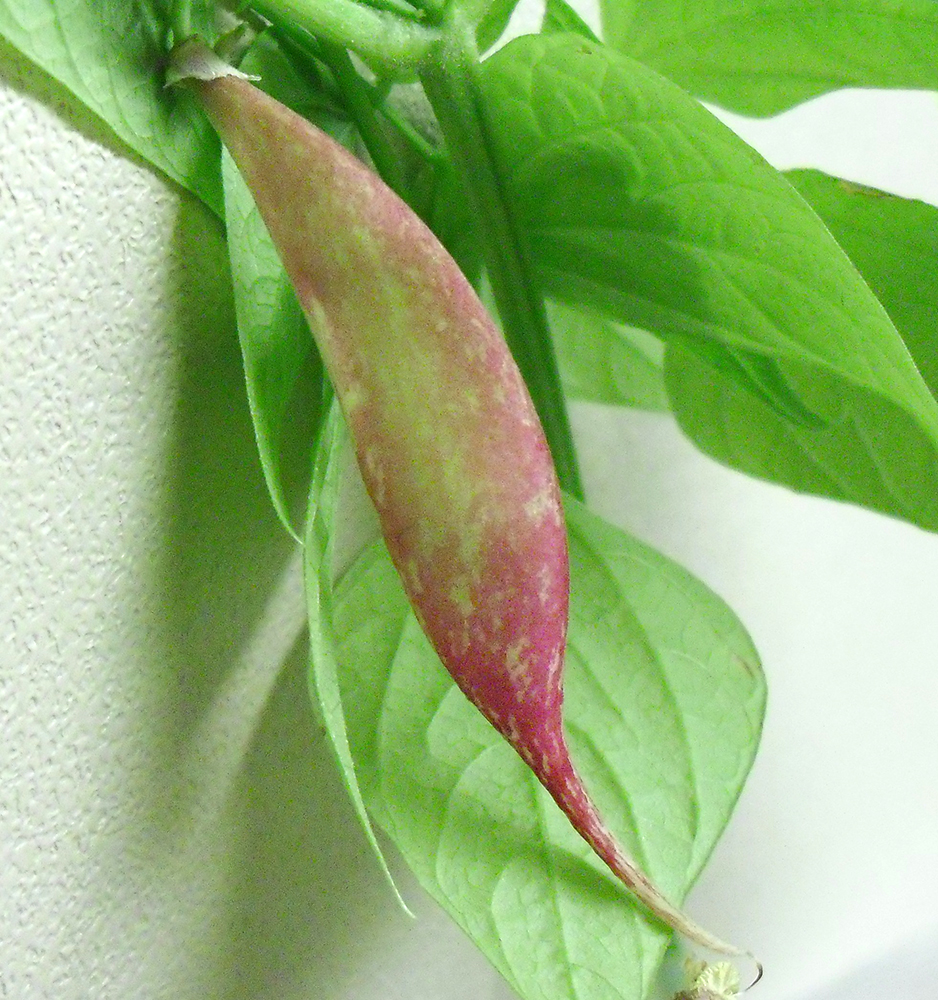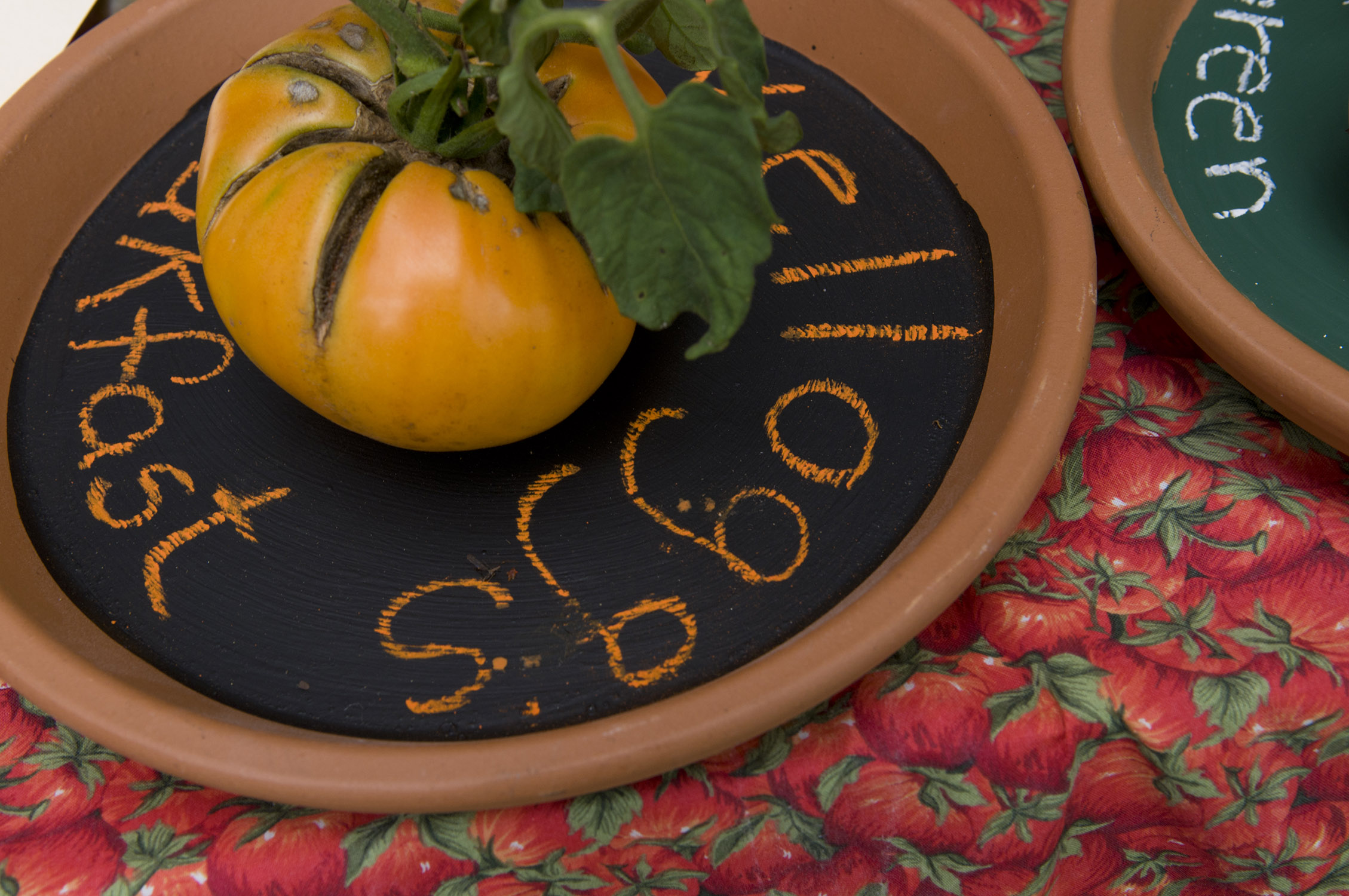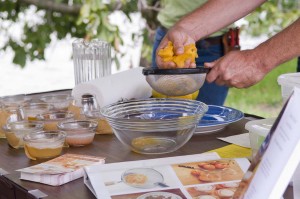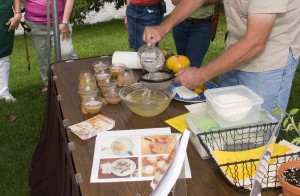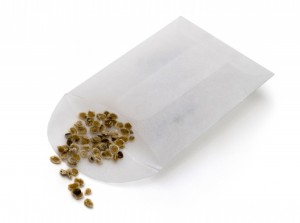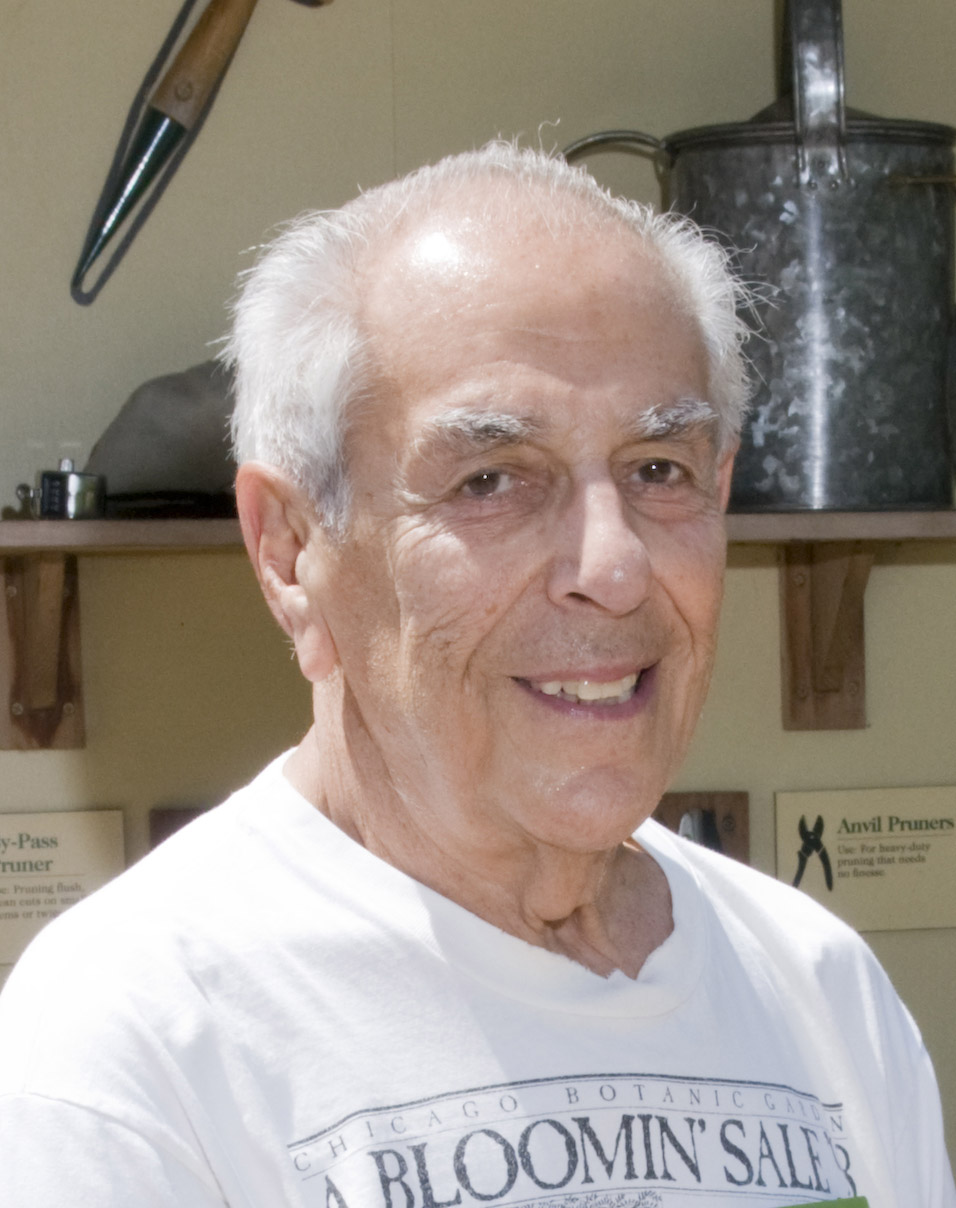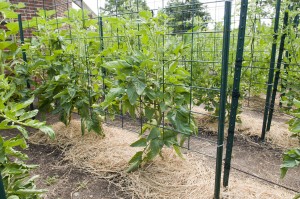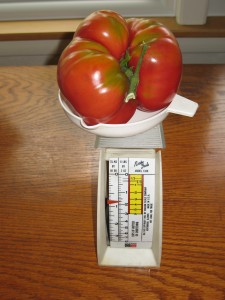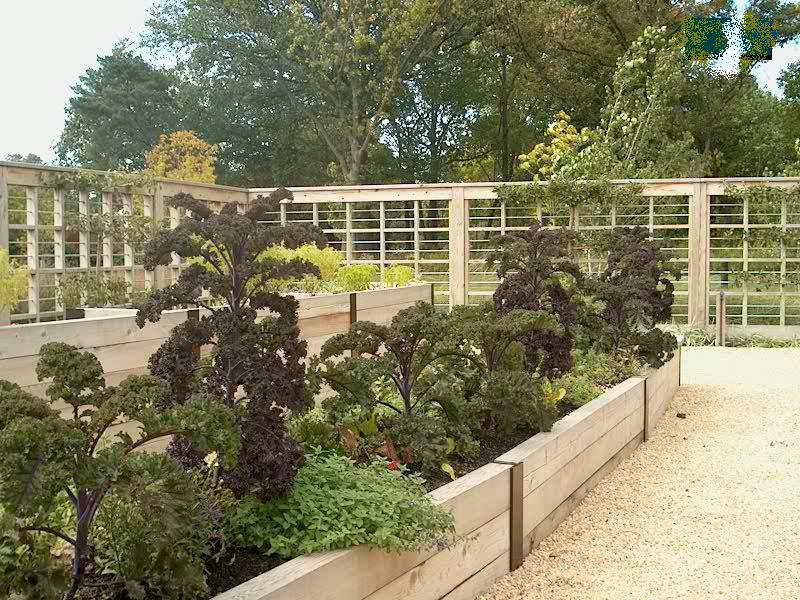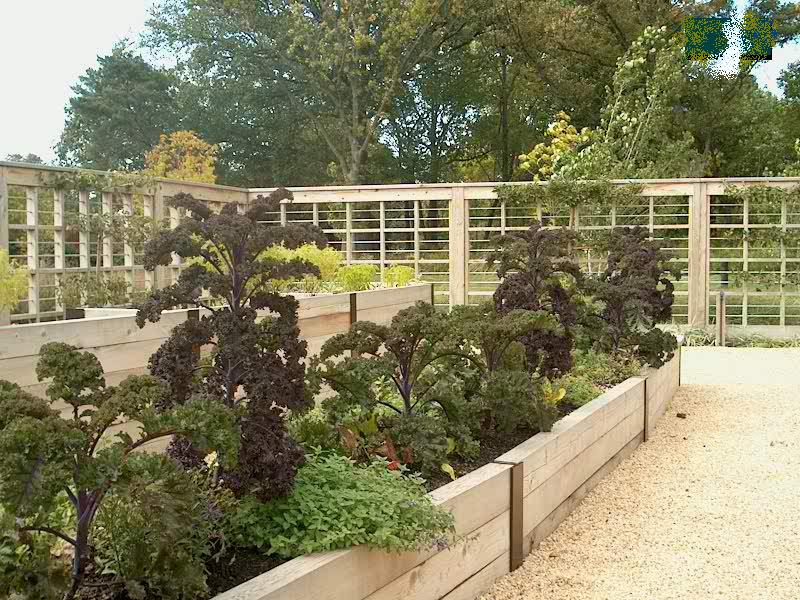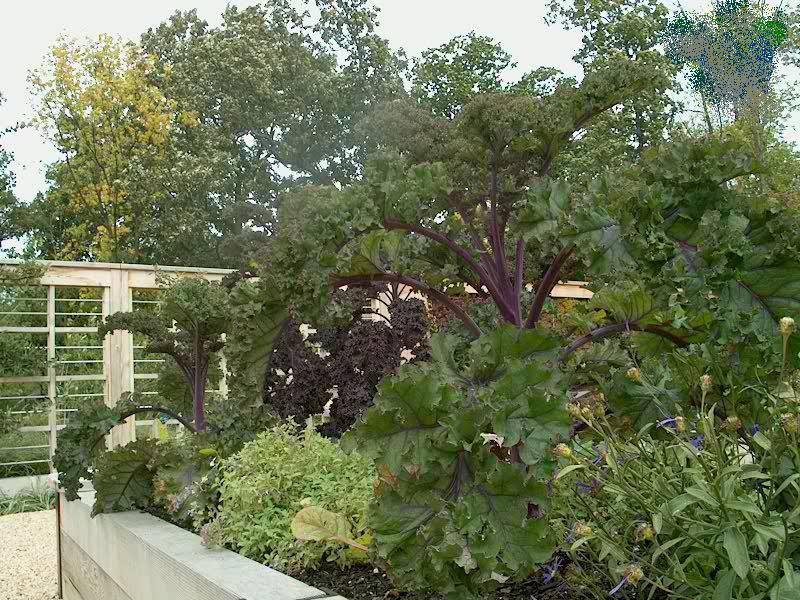Garden blog followers may remember that in “How to Train Your Plant” I demonstrated a way to grow a bean seed in a plastic bag to test geotropism. I started working on that project around Thanksgiving week last year. At that time, I started a few bean bags just to see what would happen. I kept one seed growing in the bag all winter, adding water as needed.
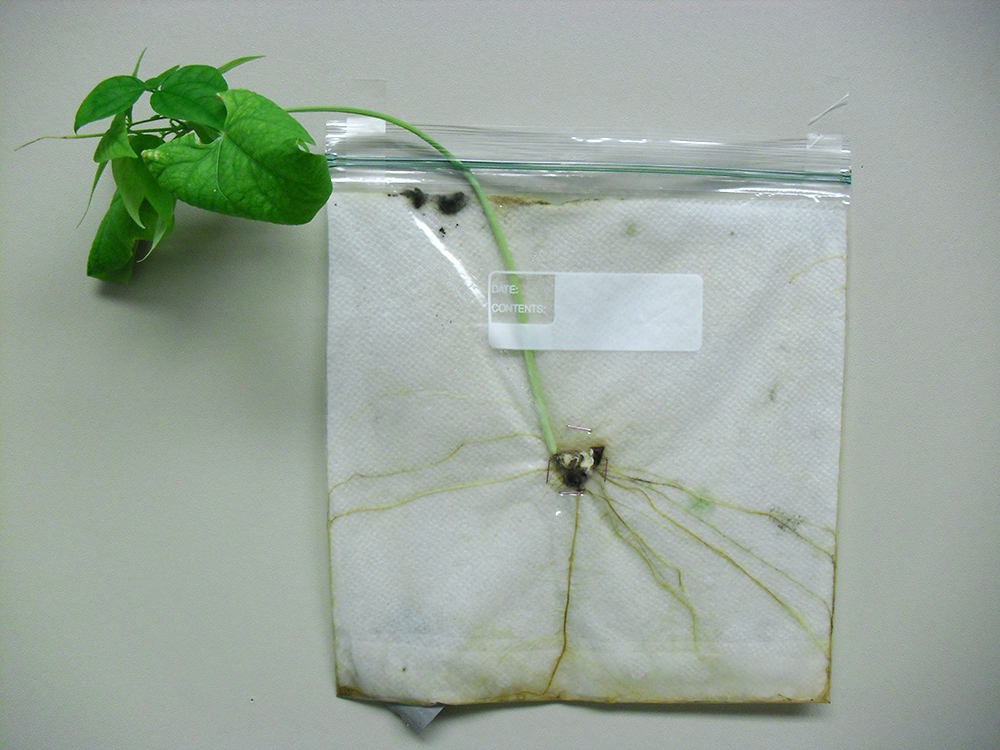
The plant produced a white flower about a month ago. I should have taken a picture. Now this week I discovered a seedpod growing where the flower had been! In the picture, you can see the wilted flower petals still hanging from the tip of the reddish colored pod. Botanically speaking, this is the fruit of the plant, even though you might not think of beans as fruit in your diet.
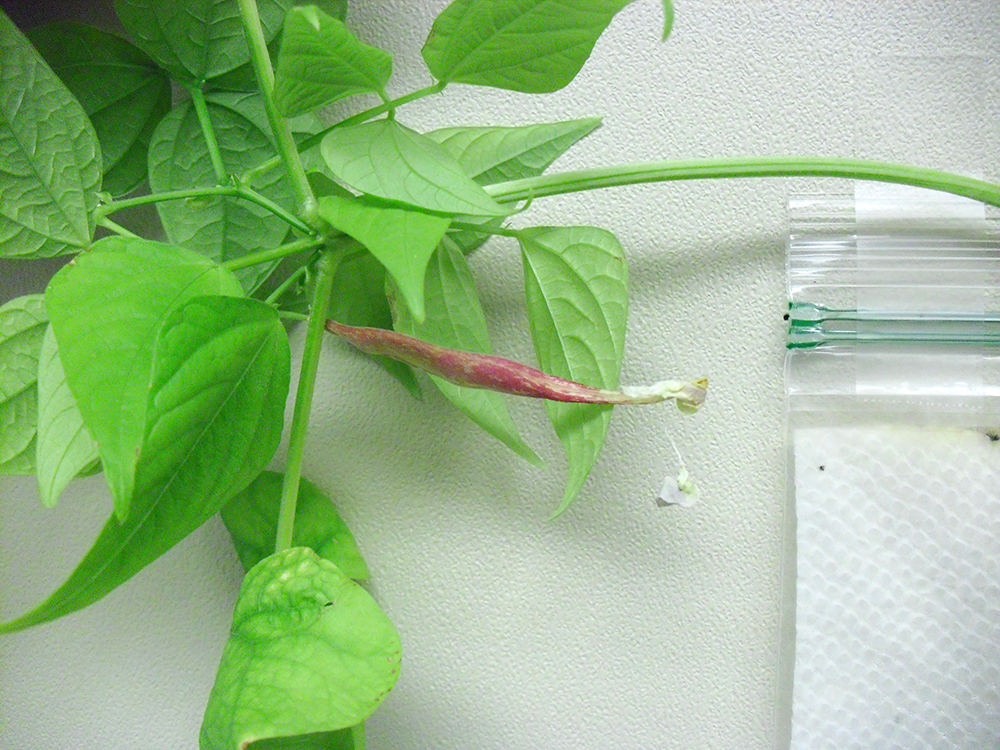
So if you try this activity, and you stick with it for six months, you, too, may be rewarded with a little treasure!
©2013 Chicago Botanic Garden and my.chicagobotanic.org

